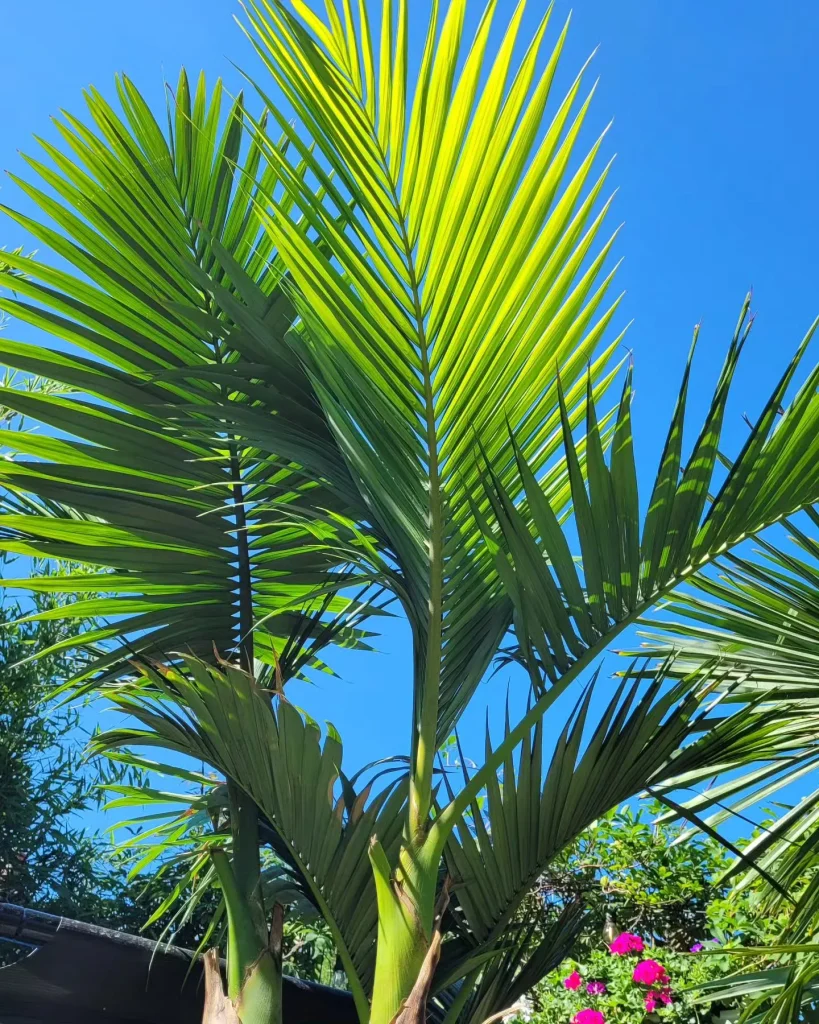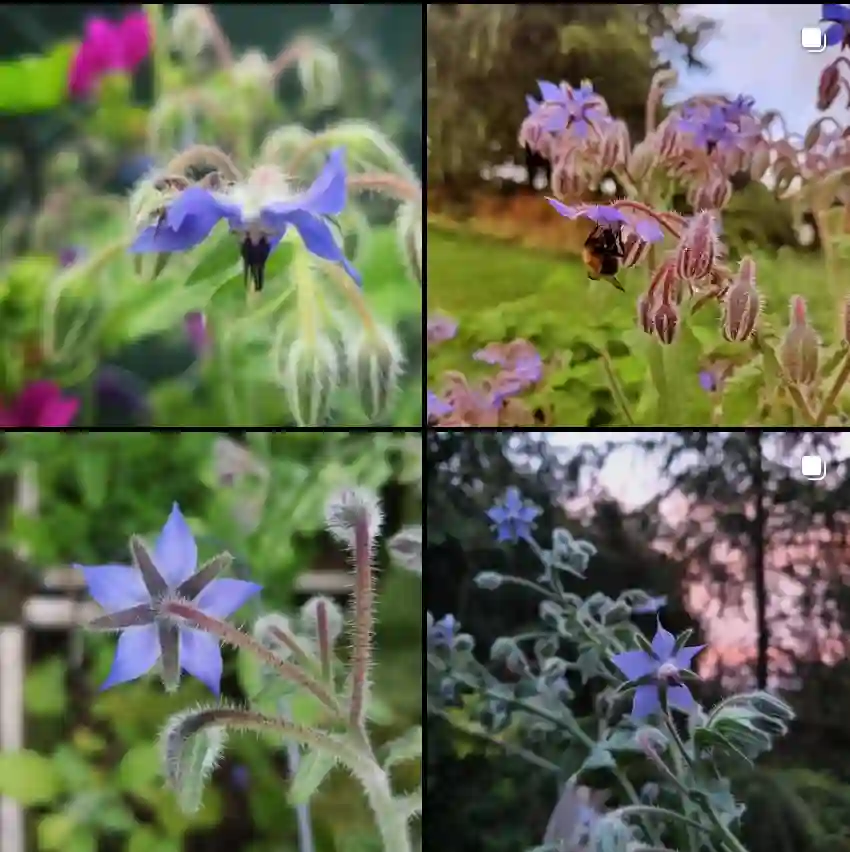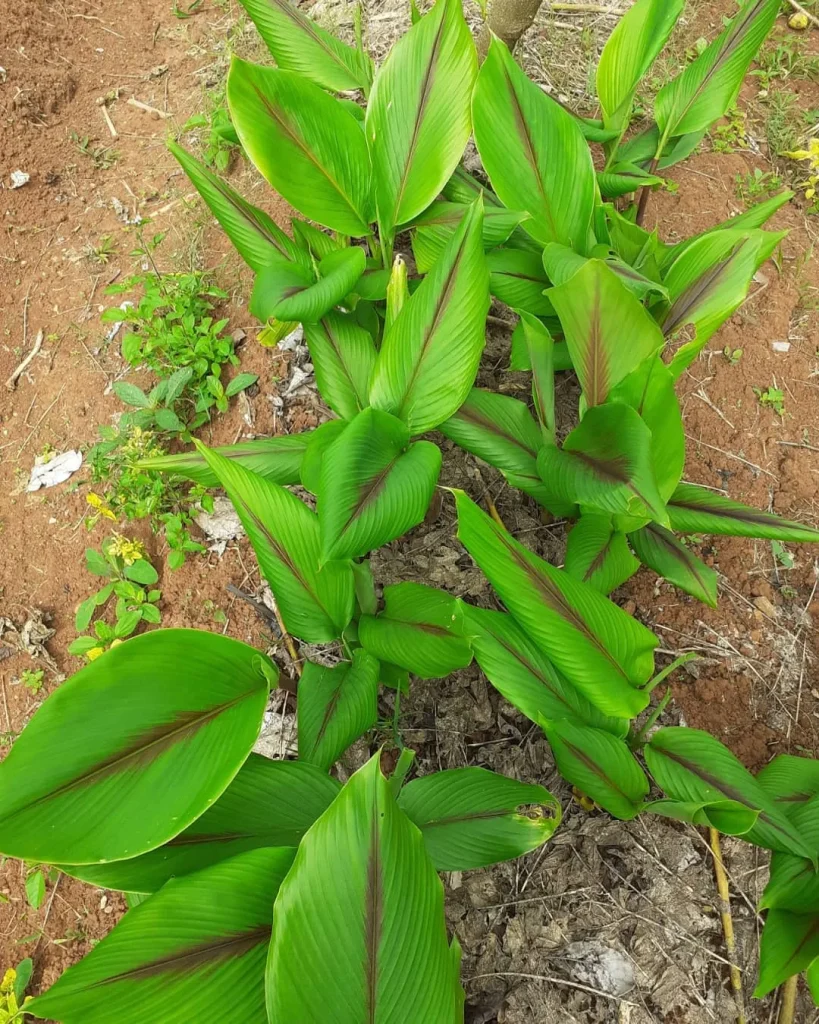FAQs About Ilex Opaca Satyr Hill
I’ve had my fair share of experience with Ilex Opaca Satyr Hill, also known as Satyr Hill American Holly. This variety of holly has become one of my favorites for adding a touch of evergreen elegance to my garden. Over time, I’ve gathered a lot of information about this plant, so I thought I’d share some of the most frequently asked questions about it.
What Is Ilex Opaca Satyr Hill?
Ilex Opaca Satyr Hill is a cultivar of the American Holly, a species native to the eastern United States. Known for its dense, spiny leaves and bright red berries, this holly variety stands out for its compact, pyramidal shape. It typically grows to about 10 to 15 feet in height with a similar spread, making it a manageable size for most gardens. The glossy, dark green leaves and vibrant berries make it a popular choice for winter interest.
Plant Family: Aquifoliaceae – 569 Species in Genus Ilex – Holly Tree
How to Care for Ilex Opaca Satyr Hill?
Caring for Ilex Opaca Satyr Hill is relatively straightforward, and here’s what you need to know to keep it thriving:
- Sunlight: This holly prefers full sun to partial shade. It can tolerate some shade but will produce fewer berries and have a more open growth habit if not given enough sunlight.
- Soil: It thrives in well-drained, acidic soil. If your soil isn’t naturally acidic, you might need to amend it with peat moss or pine bark.
- Watering: While it’s relatively drought-tolerant once established, regular watering is important during dry spells. Keep the soil consistently moist but not soggy.
- Pruning: Minimal pruning is needed. You can prune to shape the plant or remove any dead or damaged branches in late winter or early spring before new growth begins.
How to Propagate Ilex Opaca Satyr Hill?
Propagation of Ilex Opaca Satyr Hill can be done through several methods:
- Cuttings: Take semi-hardwood cuttings in late summer or early fall. Use a rooting hormone and plant the cuttings in a well-draining mix. Keep them in a humid environment until roots develop.
- Seeds: Collect seeds from the berries in late fall. Clean them and stratify (cold treat) the seeds by placing them in a moist medium in the refrigerator for about 30 days before planting. Sow them in a seed-starting mix and keep them warm and moist.
What to Plant With Ilex Opaca Satyr Hill?
When planning your garden, consider planting companions that complement the holly’s evergreen nature:
- Evergreens: Pairing it with other evergreens like Boxwood or Juniper provides year-round greenery.
- Winter Interest Plants: Adding plants with colorful bark or berries, such as Witch Hazel or Winterberry, can enhance the winter landscape.
- Perennials: Consider perennial plants that thrive in similar conditions, like Heuchera or Hellebore, for added texture and color.
How to Use Ilex Opaca Satyr Hill?
Ilex Opaca Satyr Hill is versatile in the garden:
- Hedging: Its dense growth makes it an excellent choice for privacy hedges or screening.
- Accent Plant: Use it as a focal point in your garden beds or near entryways.
- Holiday Decor: The bright red berries and glossy leaves make it a classic choice for holiday decorations, both indoors and out.
Is Ilex Opaca Satyr Hill Toxic?
Yes, Ilex Opaca Satyr Hill is toxic if ingested. The berries contain compounds that can cause gastrointestinal distress. It’s important to keep this plant out of reach of children and pets who might be tempted to nibble on the berries. Despite its toxicity, it’s not usually fatal and symptoms are typically mild if ingested in small amounts.
How to Troubleshoot Common Issues?
- Leaf Drop: This can occur if the plant is stressed from drought or poor soil conditions. Ensure consistent watering and check the soil pH.
- Berry Drop: Sometimes, excessive pruning or unfavorable weather conditions can cause berry drop. Ensure the plant is well-cared for and try to limit disturbance during the flowering period.
- Pests: Watch out for common pests like holly leaf miners or scale insects. Regular inspection and appropriate treatments, such as neem oil or insecticidal soap, can help manage these issues.
Conclusion
Ilex Opaca Satyr Hill, with its beautiful, glossy foliage and vibrant berries, is a standout choice for many gardeners. Its care is manageable, and its versatility makes it a valuable addition to various garden designs. Whether you’re using it for hedging, holiday decor, or as an accent plant, it brings a touch of classic elegance to your outdoor space. By understanding its needs and characteristics, you can ensure it remains a healthy and attractive feature in your garden for years to come.
If i die, water my plants!



